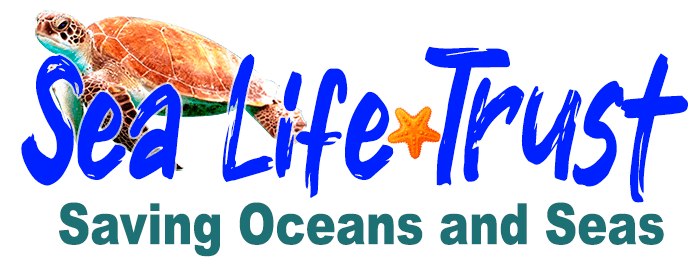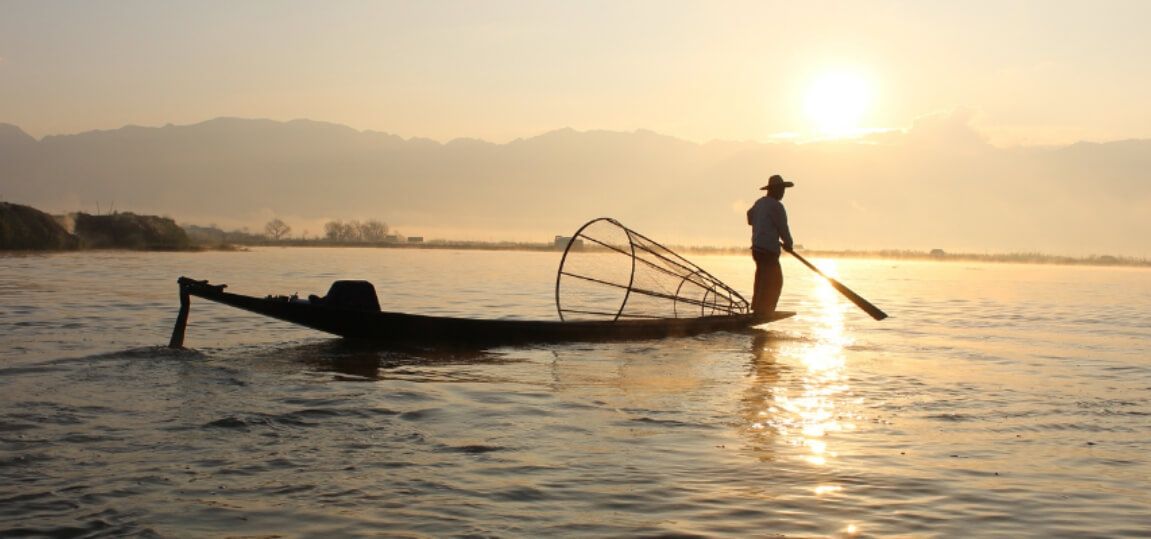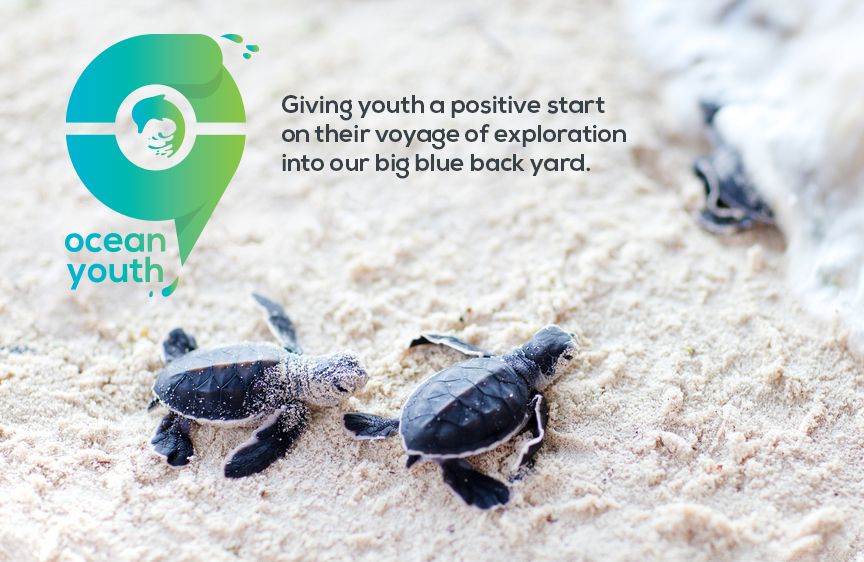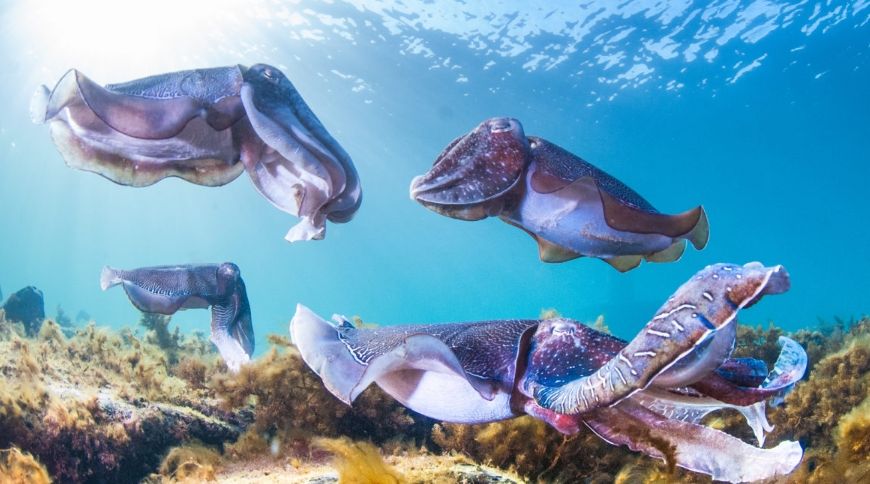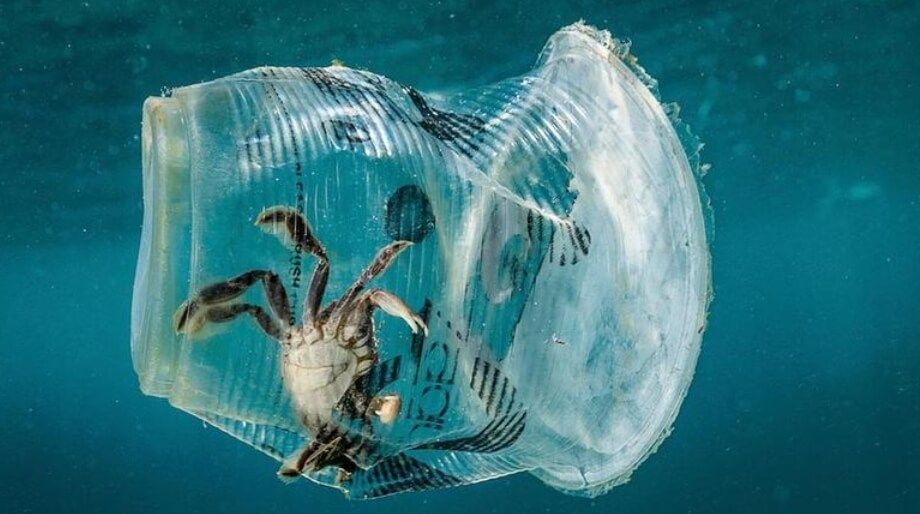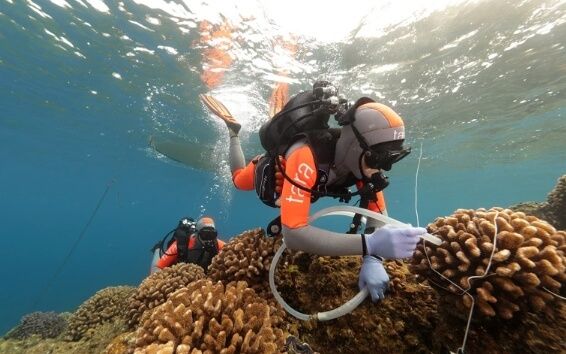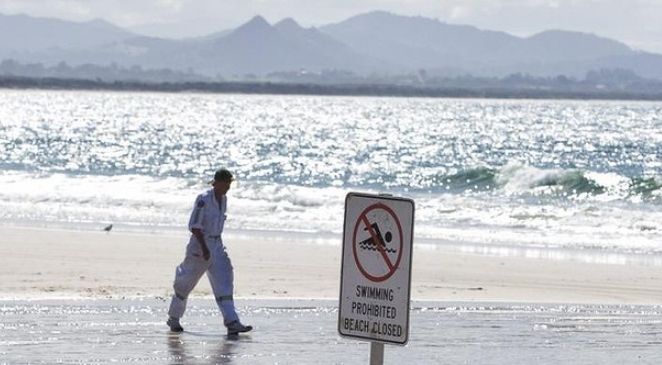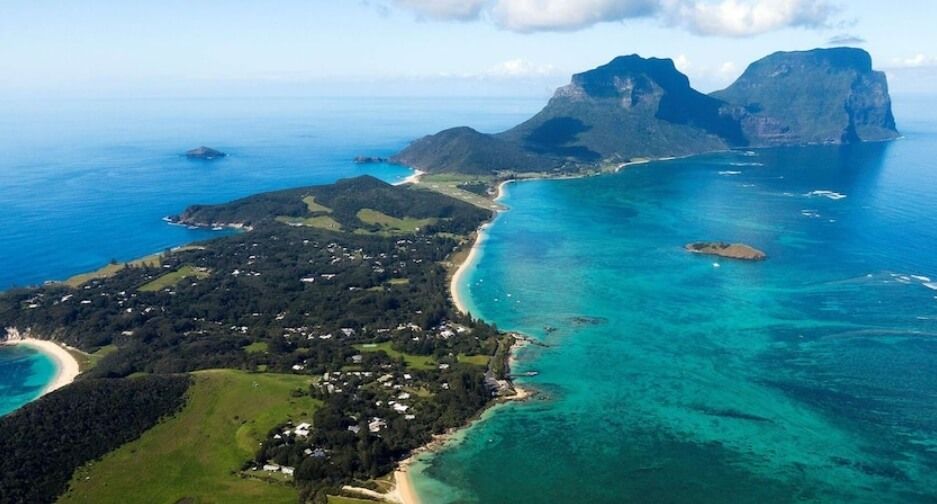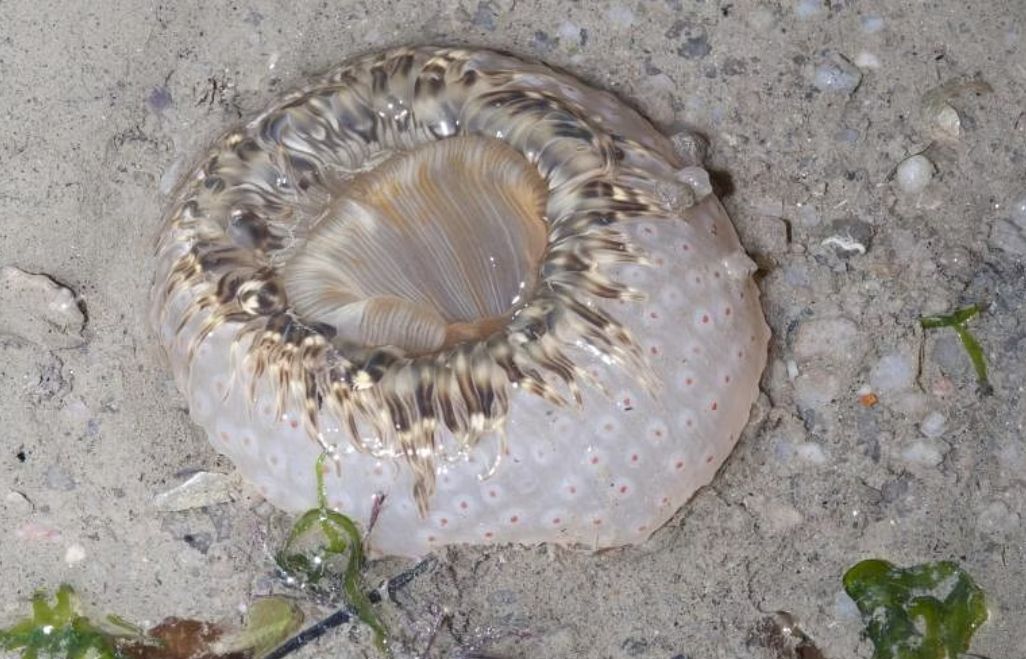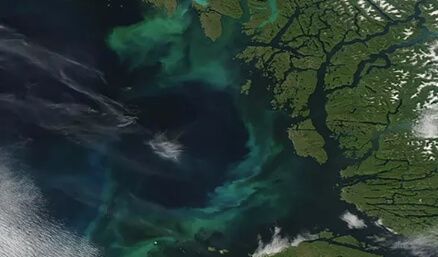Spanish aquaculture maintains its leadership in Europe. Behind this milestone is a centuries-old tradition, avant-garde companies committed to protecting the environment and fruitful research work. The turnover of fisheries, exceeding 500 million euros per year, strengthens the leadership of Spanish aquaculture as a key activity for future food security.
27% of all European aquaculture production comes from Spanish waters. The total production of fish and seafood in more than 300 thousand tons per year makes the kingdom a flagship on the European continent.
Spain has exceptional conditions for fishing activities: 8,000 kilometers of coastline, nine major rivers, a mountainous landscape intersected by numerous riverbeds, and four different types of climate.
But apart from its geography, Spain has centuries-old traditions and skills in the field of aquaculture. Both of these, together with the research work that is the benchmark in the world, have allowed the sector to continue to develop and create leading technological and innovative companies that provide new jobs and wealth along with it.
Spain, due to its geographical diversity and climate, is one of the countries that grow the largest amount of seafood, such as sea bass, sea bream, mussels, shrimp, turbot, croaker, sole, eel, bluefin tuna, trout, sturgeon, living in salt and fresh waters. All these types of underwater inhabitants, grown in Spain, have an incomparable taste.
What if there was no aquaculture sector in Spain?
The head of the aquaculture department of the Spanish Institute of Oceanography (IEO), Aurelio Ortega, is sure that in this case, more than 350 thousand tons of food would cease to be produced, most of which are consumed in Spain. In addition, there would be serious socio-economic consequences, given that the aquaculture sector contributes more than 500 million euros to the country’s economy, as well as contributes to the creation of jobs and the development of coastal and river areas. If the activity of the aquaculture sector stops, more than 15 thousand direct and about 40 thousand indirect jobs will be destroyed. The social consequences will be very serious.
Much of Spain’s aquaculture activity takes place in protected enclaves of extraordinary beauty, making the sector a springboard for the rescue and reproduction of certain species of marine and freshwater fish and shellfish. Thus, out of 5075 marine and river aquaculture enterprises operating in Spain, more than 5 percent. are part of Natura 2000 (a network of protected areas in the European Union, a central element in the protection of biodiversity in the territory of the EU member states).
Between 1974 and 2020, Spanish researchers published 1,111 papers, second only to the US, China, Norway and Australia. All of this knowledge covers nutrition, water quality, monitoring and regulation that starts before the fish is farmed and ends when it reaches the consumer’s table. Through all this rigorous and meticulous process, full traceability of fish rearing is ensured.
Thus, the traceability of Spanish aquaculture is not limited to the moment of harvest and commercialization, but covers the entire life cycle of the fish.
